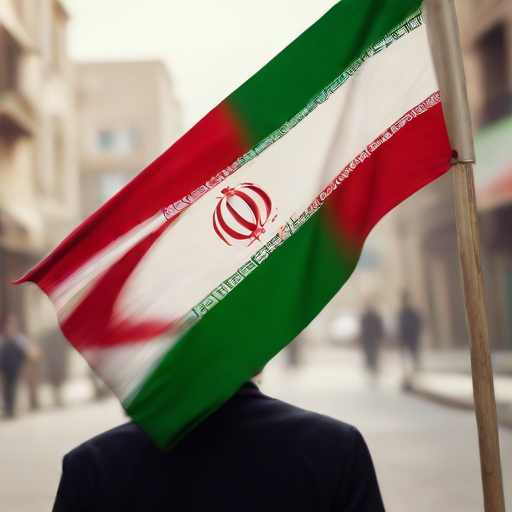Iran is currently navigating a critical crossroads as tensions with Israel escalate alongside a domestic crisis concerning the health of its Supreme Leader, Ali Khamenei. Reports indicate that Khamenei’s health has significantly declined, leading to discussions about succession within the leadership. His second son, Mojtaba Khamenei, has reportedly been designated as a potential successor, possibly even before his father’s passing, raising significant implications for Iran’s political landscape.
According to a report from Iran International, a Persian-language news outlet connected to Iranian dissidents, Mojtaba Khamenei’s designation was supported during a recent extraordinary meeting of Iran’s Assembly of Experts. However, initial resistance at the meeting was reportedly met with pressure, resulting in unanimity over Mojtaba’s potential succession. Ali Khamenei, now 85, has been visibly struggling with his health, though he addressed the nation on October 4 while displaying a rifle.
The succession process in Iran is marked by greater complexities than in previous transitions. Unlike the relatively smooth transition following the death of Ayatollah Khomeini in 1989, today’s political environment lacks a unifying figure akin to former president Akbar Hashemi Rafsanjani. With factors like the passing of significant political players, such as Ebrahim Raisi and Qasem Soleimani, and the growing dissent among the populace since protests erupted after the death of Mahsa Amini, the path to a new leader remains uncertain.
Mojtaba Khamenei, born in 1969, has a theological background and a contentious political history. His involvement in ensuring Mahmoud Ahmadinejad’s election victory in 2009 and subsequent suppression of protests casts a shadow over his potential leadership. Despite his family connections, recent challenges may hinder his acceptance among the Iranian people.
This moment in Iran’s history presents an opportunity for potential transformation. As the nation faces internal disagreements and public dissent, the possibility exists for a more responsive and reform-oriented leadership that could emerge from the current turbulence. The future leadership could set a new direction for the nation, potentially fostering dialogue and change amid ongoing regional challenges.
In summary, Iran is at a pivotal moment as Khamenei’s health concerns spark discussions about his succession, with political tensions and public unrest indicating a complicated transition may lie ahead.
